I picked Kev up and departed at 2.00am heading for the moors of North Wales - we needed an early start as we planned to witness black grouse lekking and wanted to be in place before first light and to ensure the minimum disturbance - we would be using my car as a hide and view from there. As it was very early the traditional breakfast enroute was ditched.
We arrived at 4.20am and stopped the car short of the spot we hoped to view from having a stretch, a sip of coffee, and to allow Kev to jump in the back so that we were both viewing from the same side. The noise of grouse was already evident and both skylark and cuckoos joined the unseen chorus. After five to ten minutes, we jumped in the car with scopes, bins and cameras at the ready - moving into position and ready for the light to reveal what we hoped would be an stunning spectacle.
We parked just off the road so as to allow cars to pass unhindered and waited. Eventually we started to be able to pick out some black grouse from the gloom. I started to take photos as insurance in case the birds departed, but more in excitement than anything. Slowly slowly the light lifted revealing up to sixteen male black grouse lekking in front of us, and at relatively close quarters - better than we could have hoped for. The sound intensified. The birds would occasionally just come together and perform some parallel walking, or run up to another bird and then retreat. However on occasions a bit of ‘handbags at dawn’ could be seen, with little if any contact – I suppose if this is done every day … What a sight - this continued for a couple of hours with three other cars eventually joining us, but all after the light was already up. The birds didn't seem to care. Kev on the other hand was struggling with the lack of space in the back of my car and with the size of the windows - nice though the car was it was bloody hopeless in the back - he didn't mention it ...
A pair of Canada geese with goslings walked behind the lek - the grouse seemed oblivious to them. However, the grouse were then suddenly flushed by a single curlew with all but one departing. The curlew then paraded around the one remaining grouse. After ten minutes or so we decided to go looking for red grouse and waited for the cars to bunch up and take possession of the space we’d relinquished, in order that we could get passed. Kev needed to get out of the back, we needed a stretch, and some coffee. From where we stopped, we could see that some if not all of the black grouse had returned to the lek and that the three cars we'd left were still in position – they would continue to have good views.
It wasn't long until we located our first red grouse, then heard and saw others as they relocated across the moor. Initially the birds were all distant but later we'd get better views as we work along the tracks and back.
Out in the bracken we could see regular whinchat and meadow pipits, along with skylarks. Easily the most whinchat I have seen in the same location. We also encountered another smaller and more distant black grouse lek.
A mist started to draw in and as we scanned the moors, we had fly-by (at distance) by a pair of (male and female) hen harriers; a treat if only brief. Cuckoos continued to call. We reached a wooded area and again stopped for a coffee and a stretch, now hearing cuckoos at close quarters - it wasn't long until three spun out from behind trees and across the road - fantastic. We watched as at least four birds moved around us, calling frequently - a real treat. The number of calling willow warblers also increased with one managing to get itself into position for me to photograph.
It had now reached a little after 8.00am and we'd had a great morning. We wondered what to do next and, as we returned along the track, we resolved to make a day of it and head to Holyhead and RSPB South Stack for the choughs - we were over halfway there and it would potentially save a long trip on another occasion.
We stopped for breakfast on the way and decided to visit The Range, heading out to the cliffs. As we walked out we passed skylarks, meadow pipits, ringed plover, and whitethroats and could see guillemots, razorbills and Manx shearwaters out in the bay - also rather a large seal bobbing behind some people kayaking in the water below. Try as we might, we couldn't locate any choughs. A group of fourteen gannets in a single group passed offshore.
We eventually made our way back to the car and took a last look back towards the cliffs - I spotted a corvid tumbling, dropping below the edge. I pointed the two birds out to Kev and we watched as they flew towards and passed us, landing beyond a hedge into the field beyond. We walked along the hedge to get a better view and as we watched a further half a dozen dropped in. This brought the number of choughs to a dozen in the field.
Mission accomplished, we retired to the RSPB South Stack Visitors Centre and had a coffee and cake for lunch. We then dropped down on the cliff edge and added three puffins to our year list - last year they only had seventeen and this year the highest count has been three - we'd seen them all!
We had a chat to some of the Volunteers and other birders on the cliff, but no one seemed to have located the hooded crow seen recently and so eventually we gave up and called it a day. It would be a long journey home, but we'd had a cracingr and it would live long in the memory.

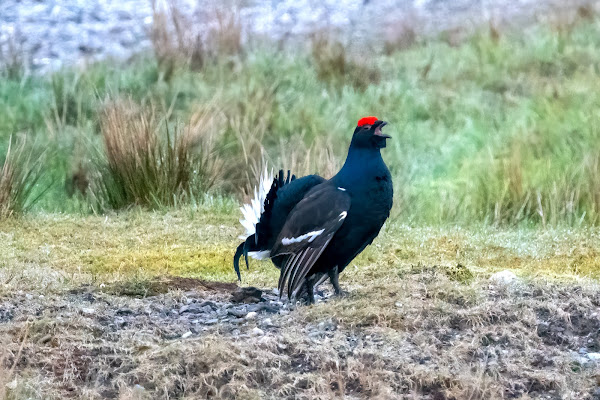
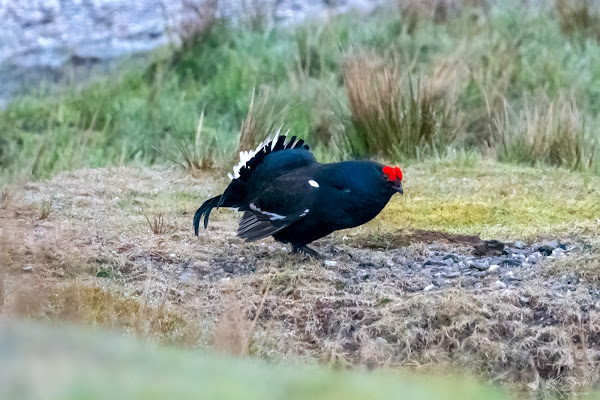
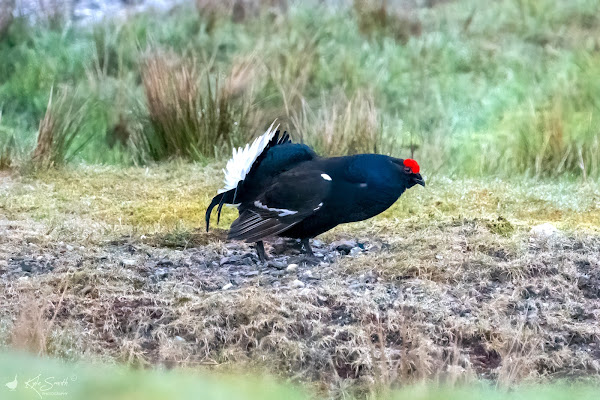
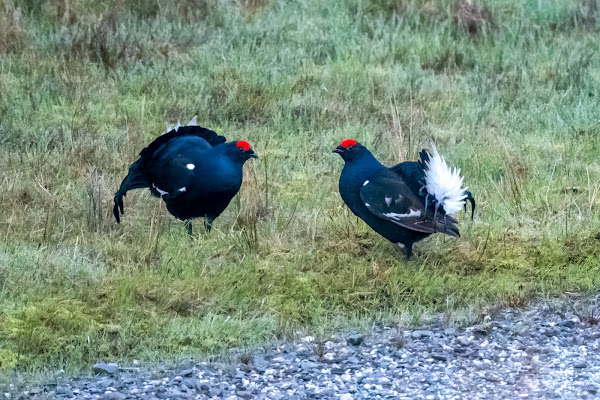
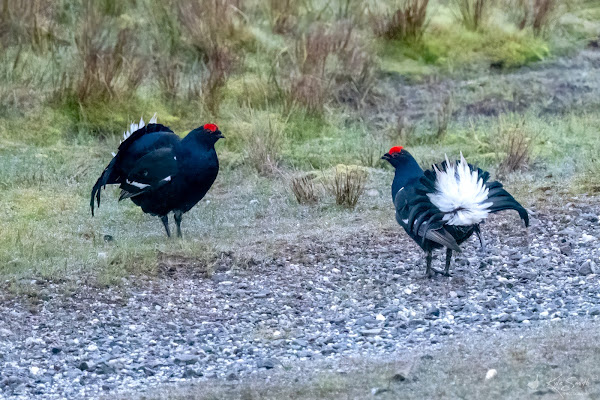

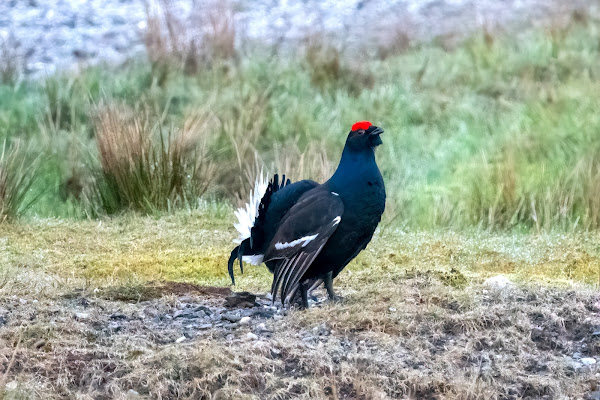

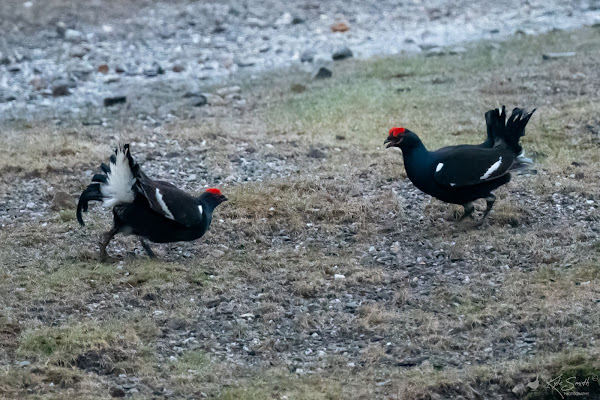
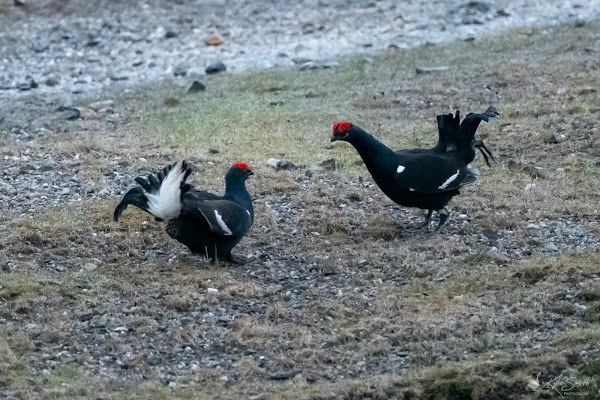
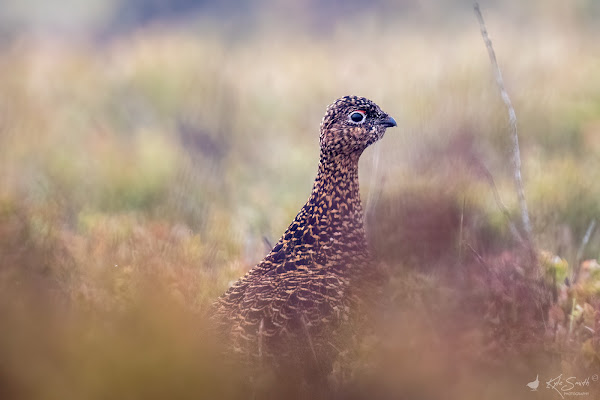
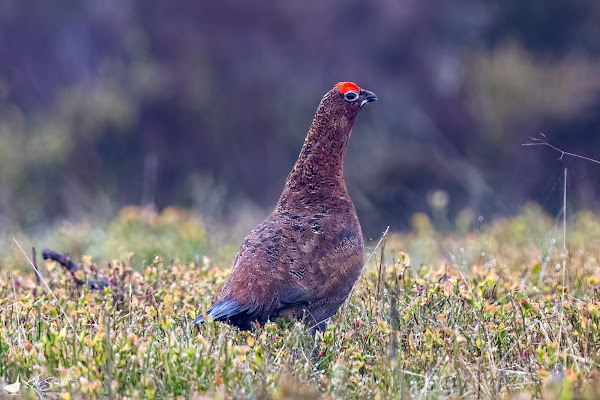


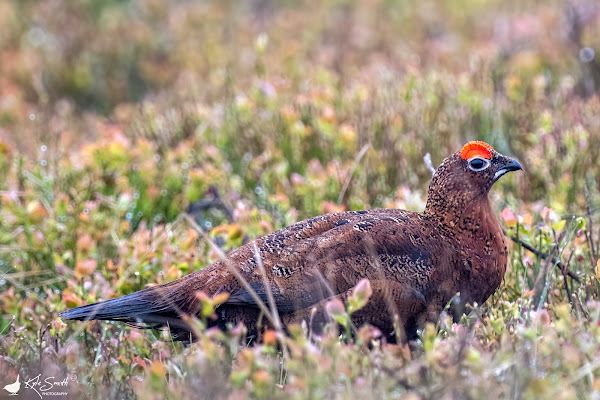
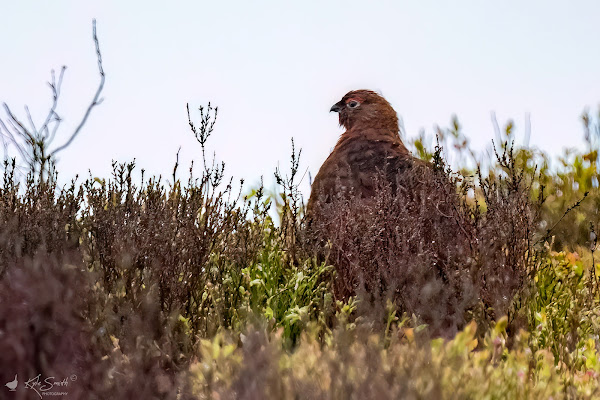
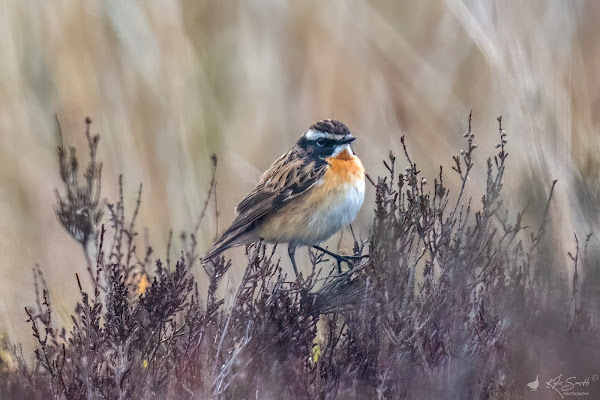
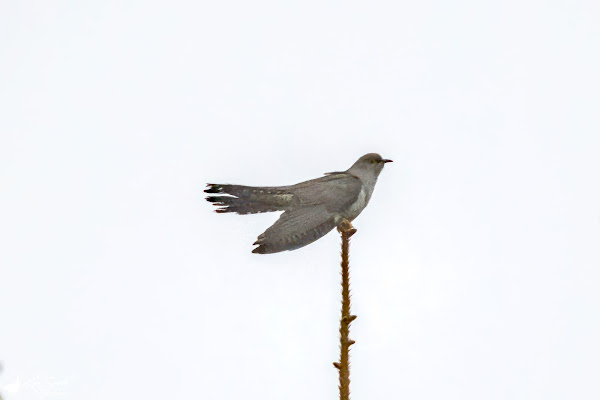
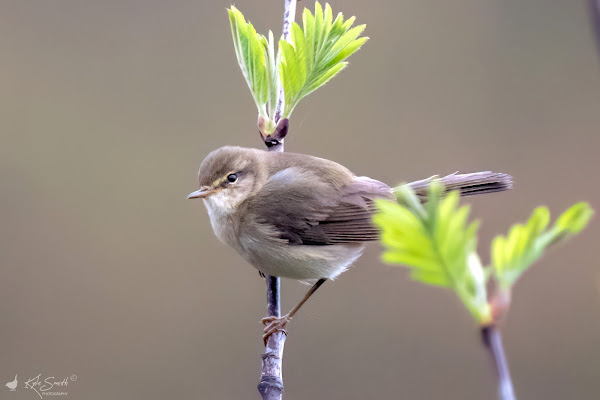
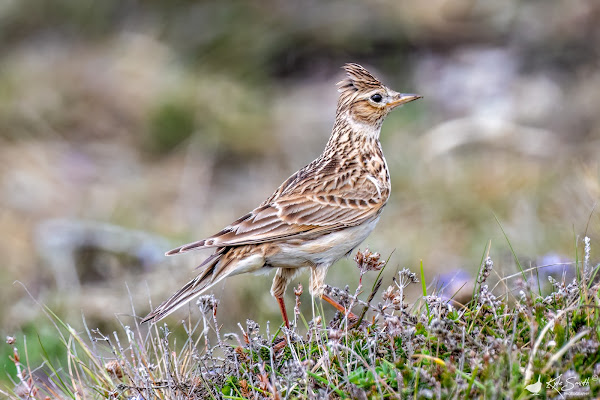

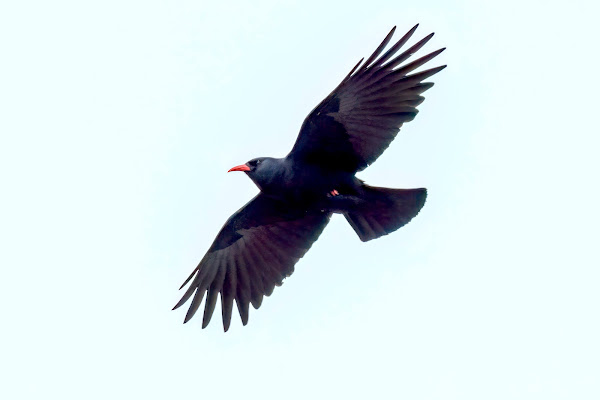
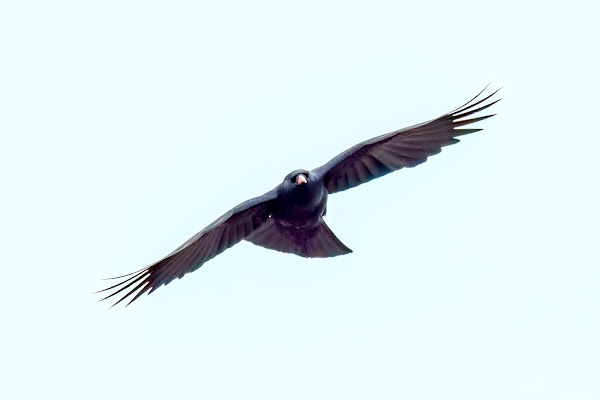
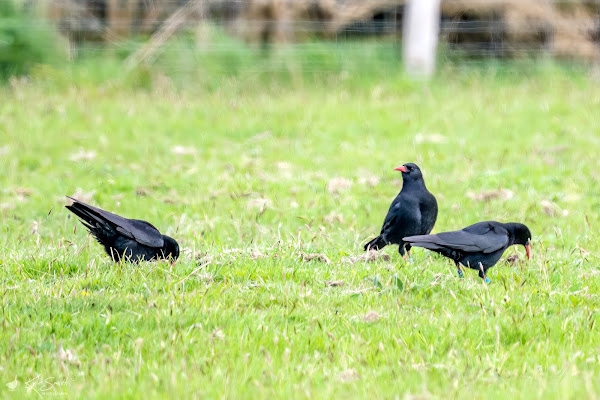

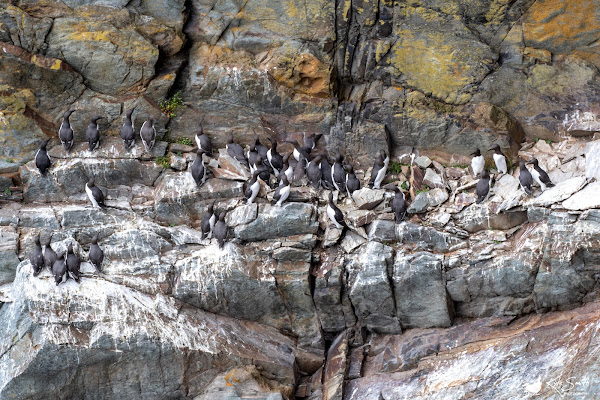
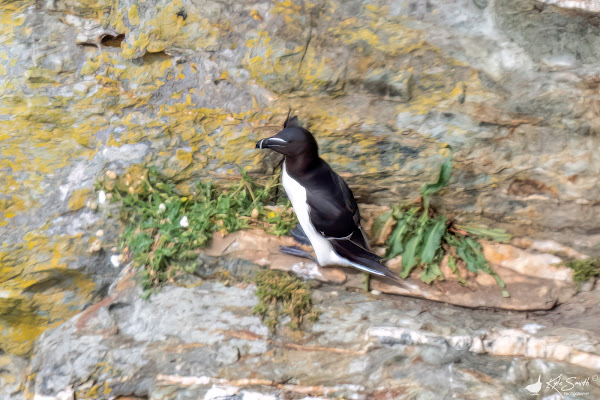
No comments:
Post a Comment